Accredited Online Tattoo Course
Embark on an enthralling journey into the world of tattoo artistry with our all-encompassing Online Tattoo Course. Ideal for both aspiring artists and enthusiasts keen to sharpen their skills, this course delivers a comprehensive exploration of contemporary tattoo techniques.

Instructor
Gary is the founder and lead instructor of Skinart Academy, with over 23 years of experience in the tattoo, piercing, microblading, and permanent makeup (PMU) industries. He has trained hundreds of students globally, combining hands-on expertise with in-depth theoretical knowledge. Gary is passionate about empowering aspiring artists with world-class training and ongoing mentorship.
CPD Accredited Course
Gain industry recognition with our UK CPD Accredited tattoo course. Our accreditation demonstrates high-quality training standards and is widely recognized in the EU and many non-EU countries.
Become a Registered Tattoo Artist with the BAQA
Get recognized as a certified professional in the tattoo industry with our BAQA-approved training. We will automatically register you with the BAQA as an accredited tattoo artist.
Earn your certification and start your career with confidence.
How Can I Learn to Tattoo Online?
You can learn online by following our step-by-step course using silicone practice skins. These synthestic skins allow you to practice techniques safely while gaining hands-on experience from the comfort of your home.
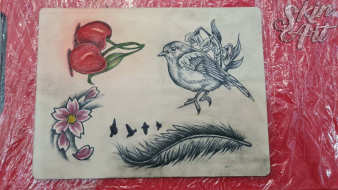
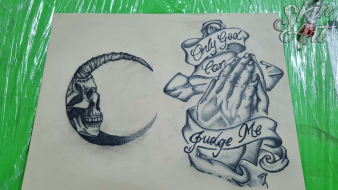

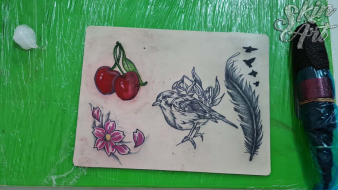

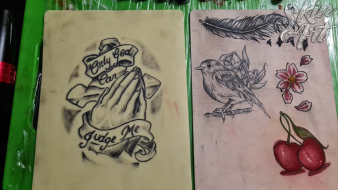
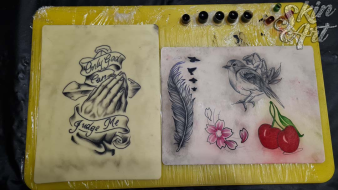
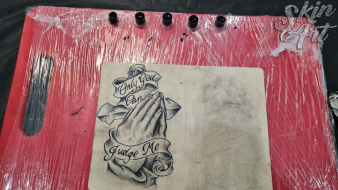
CHECK OUT THE WORK OF SOME OF OUR STUDENTS
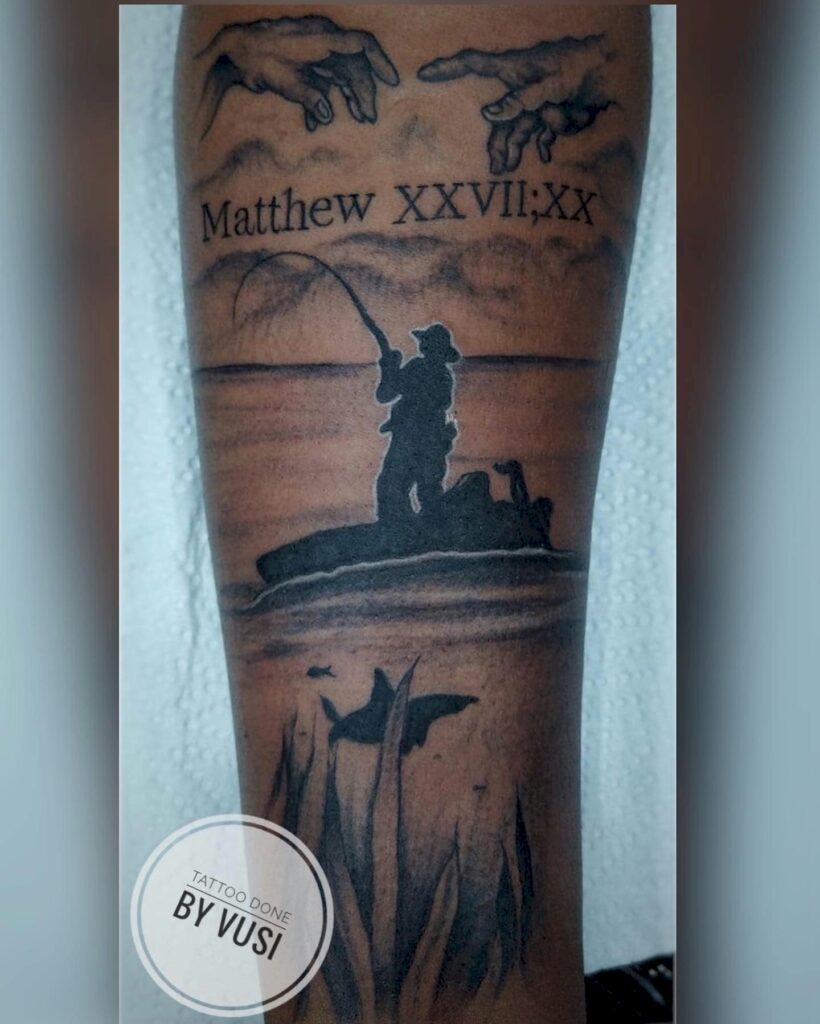
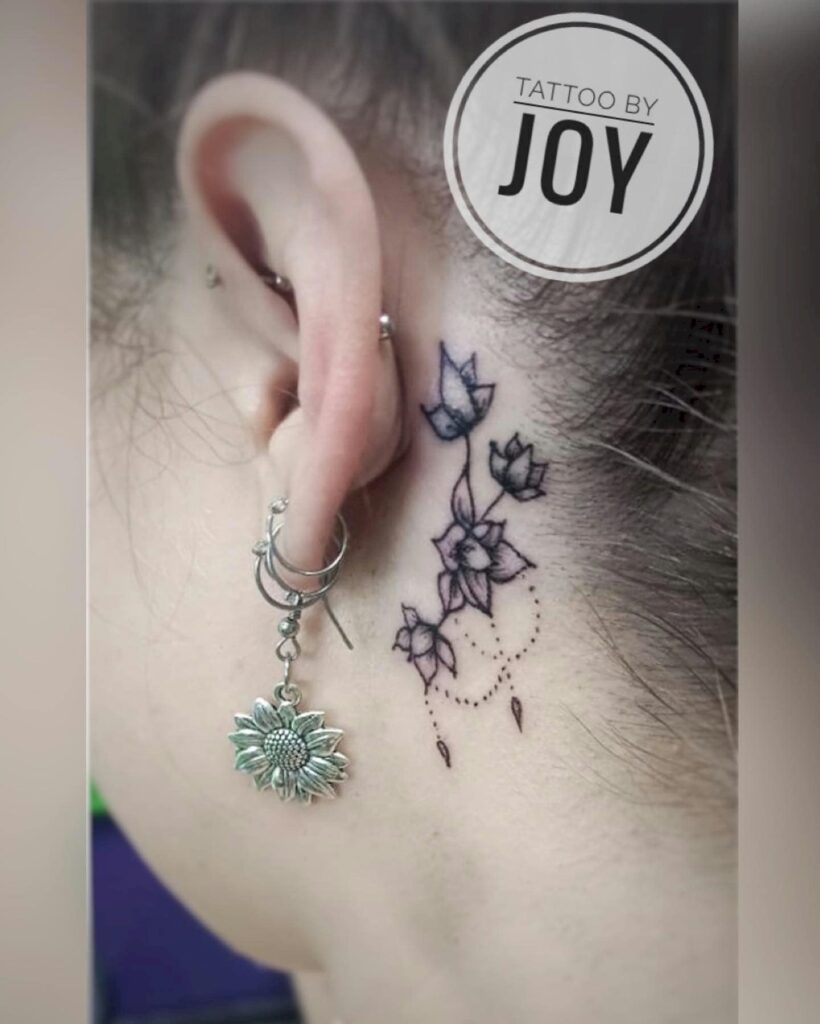
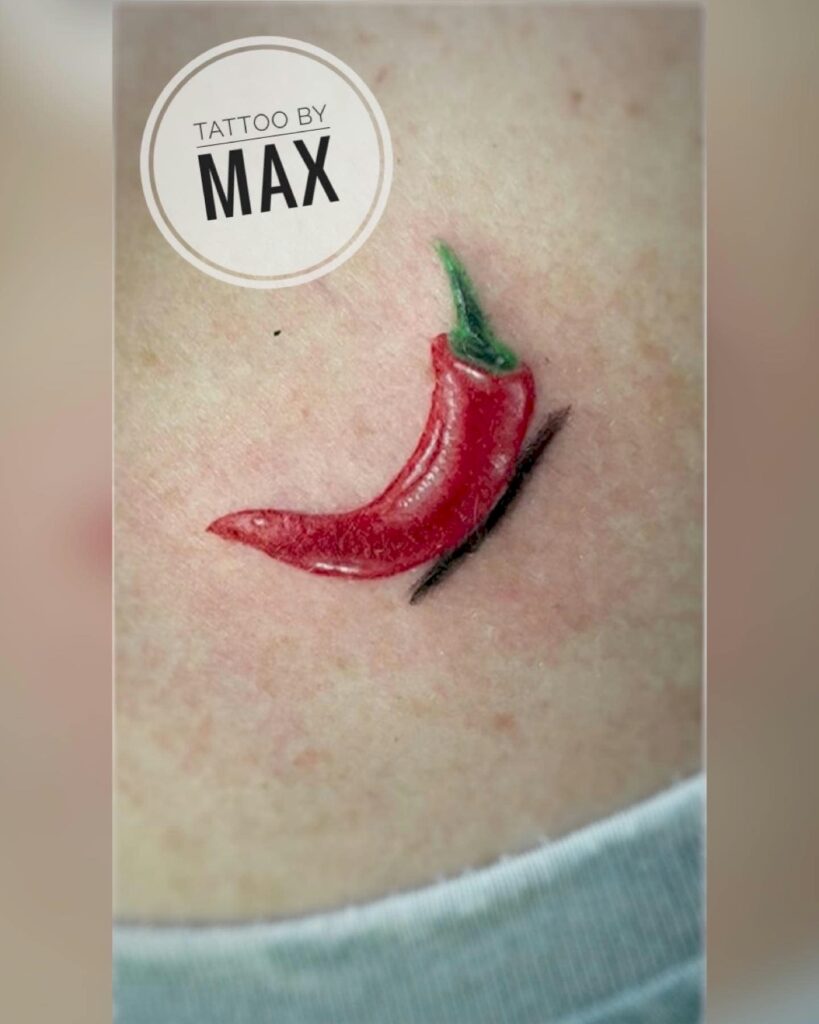
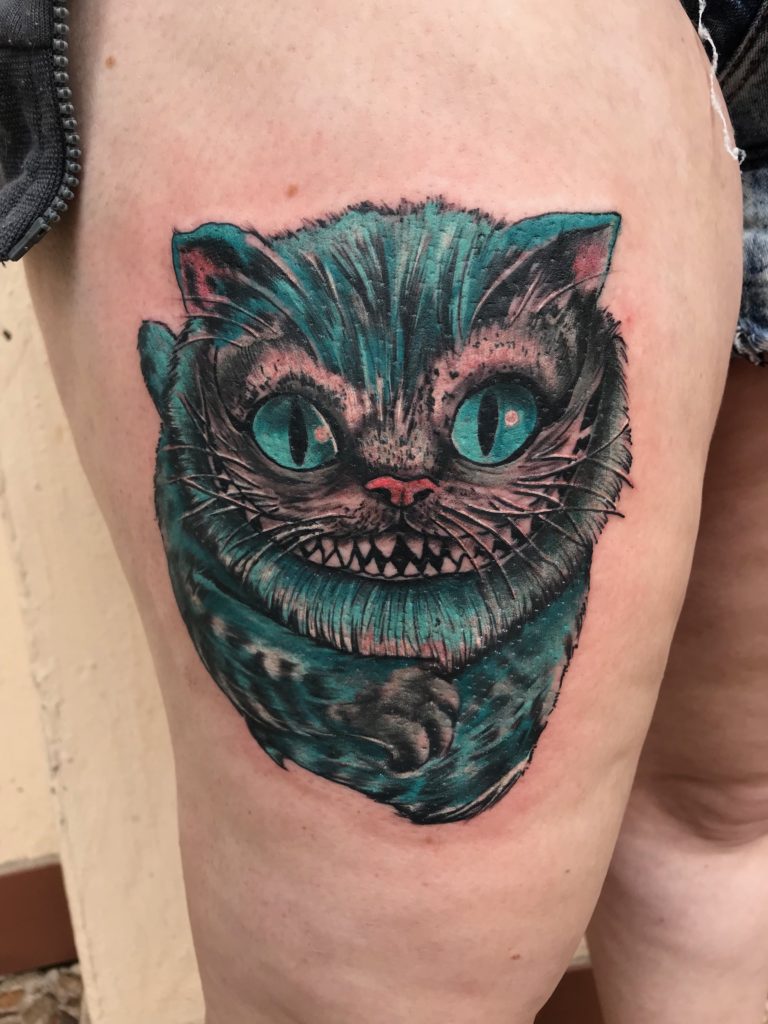
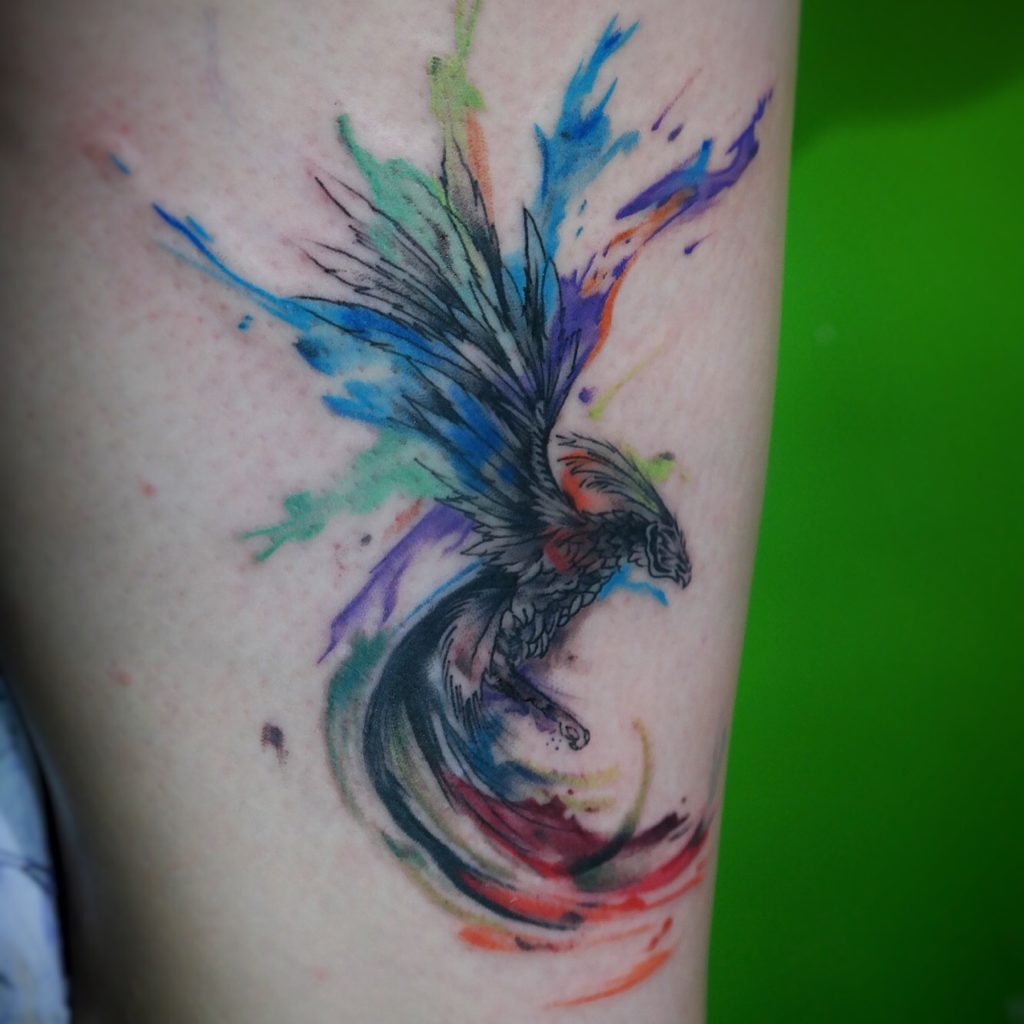
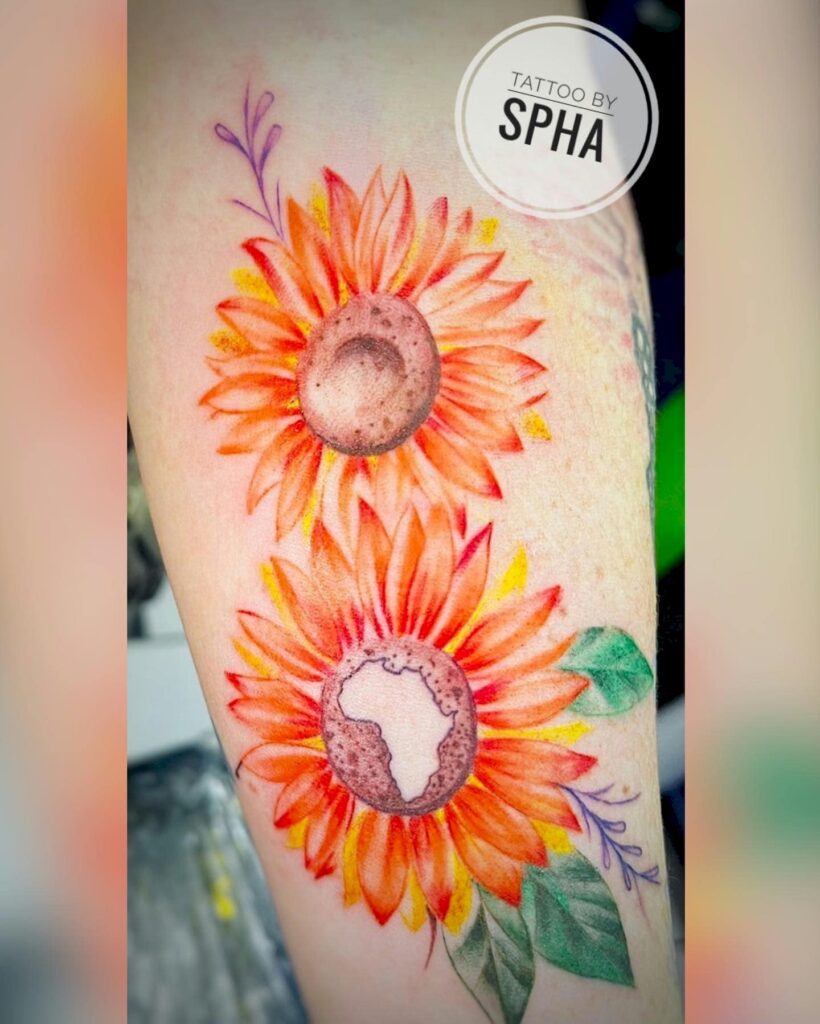
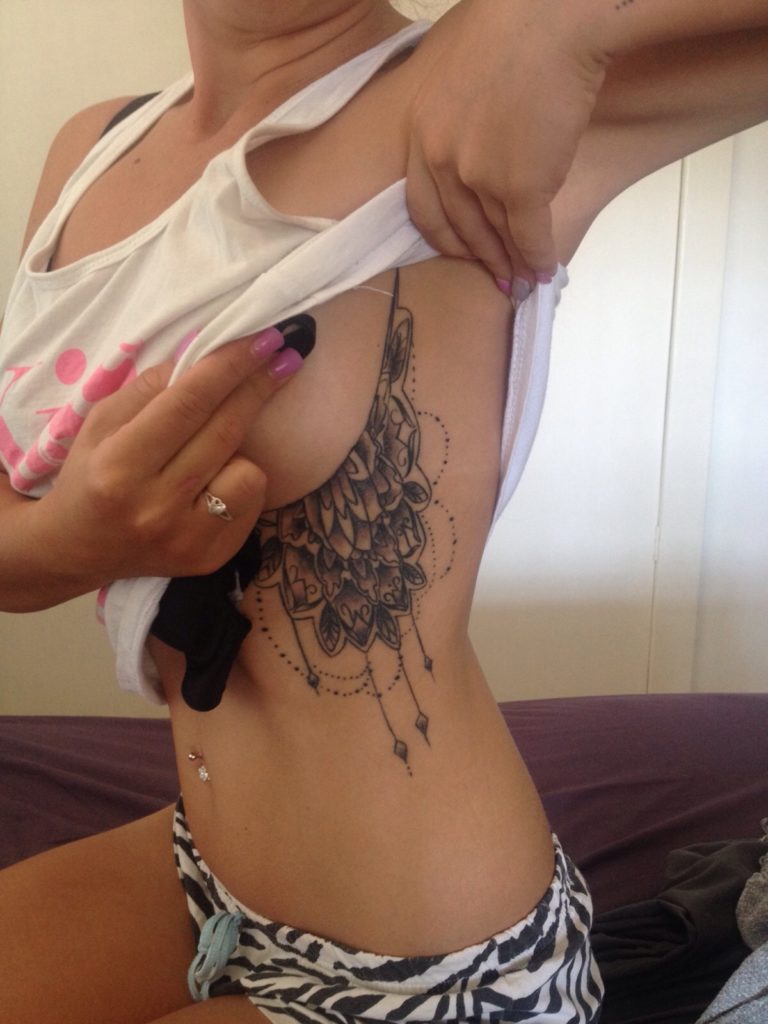
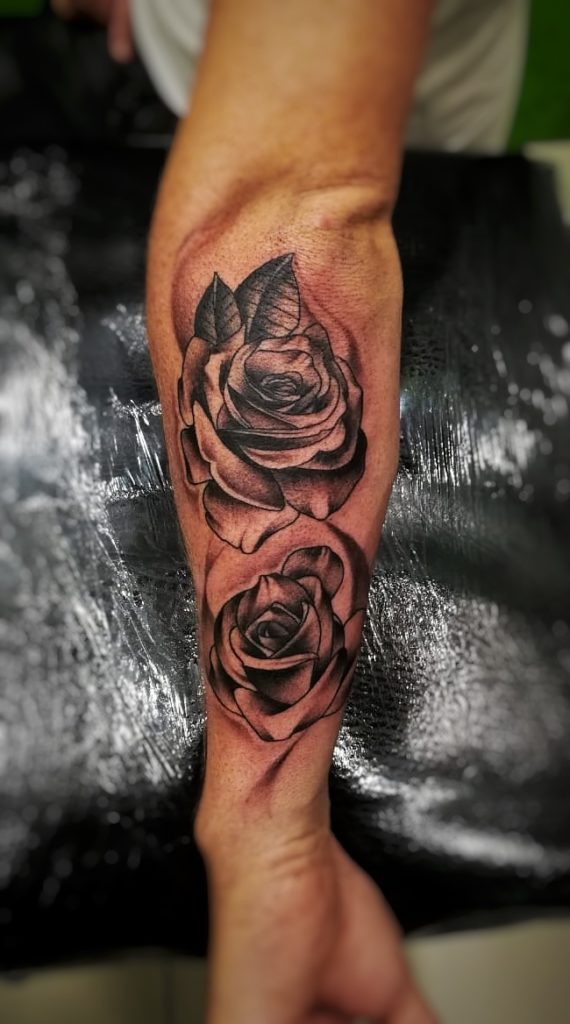
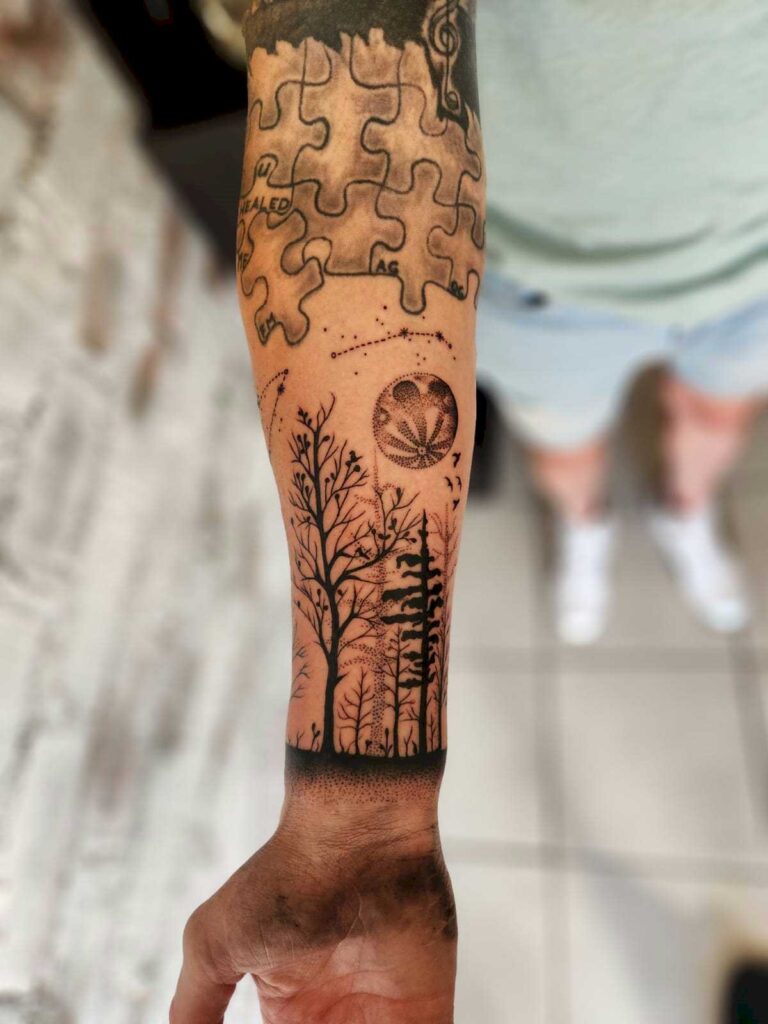
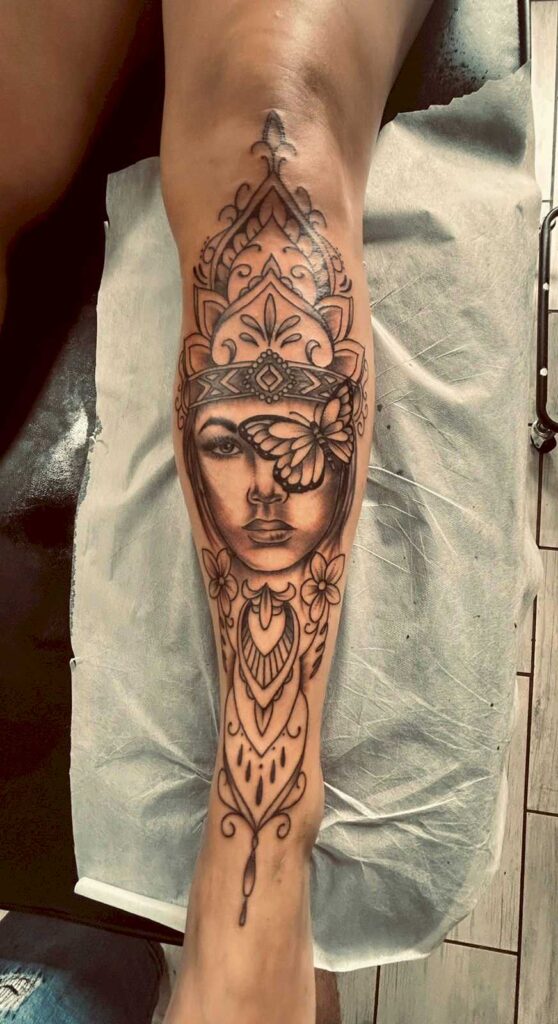
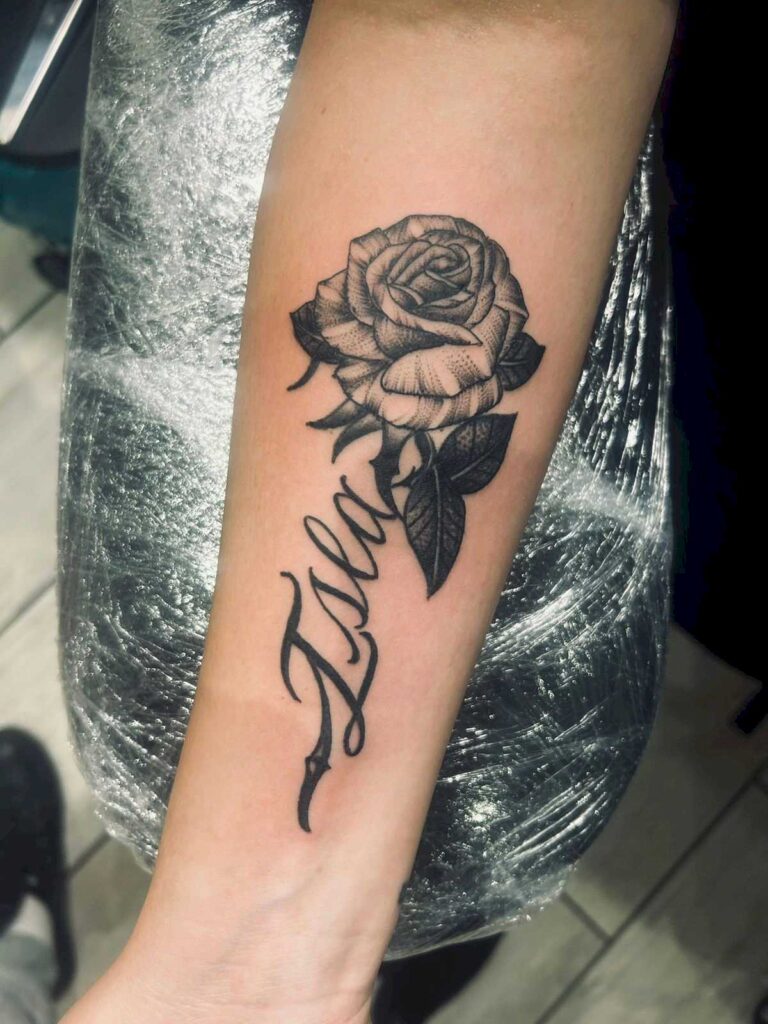
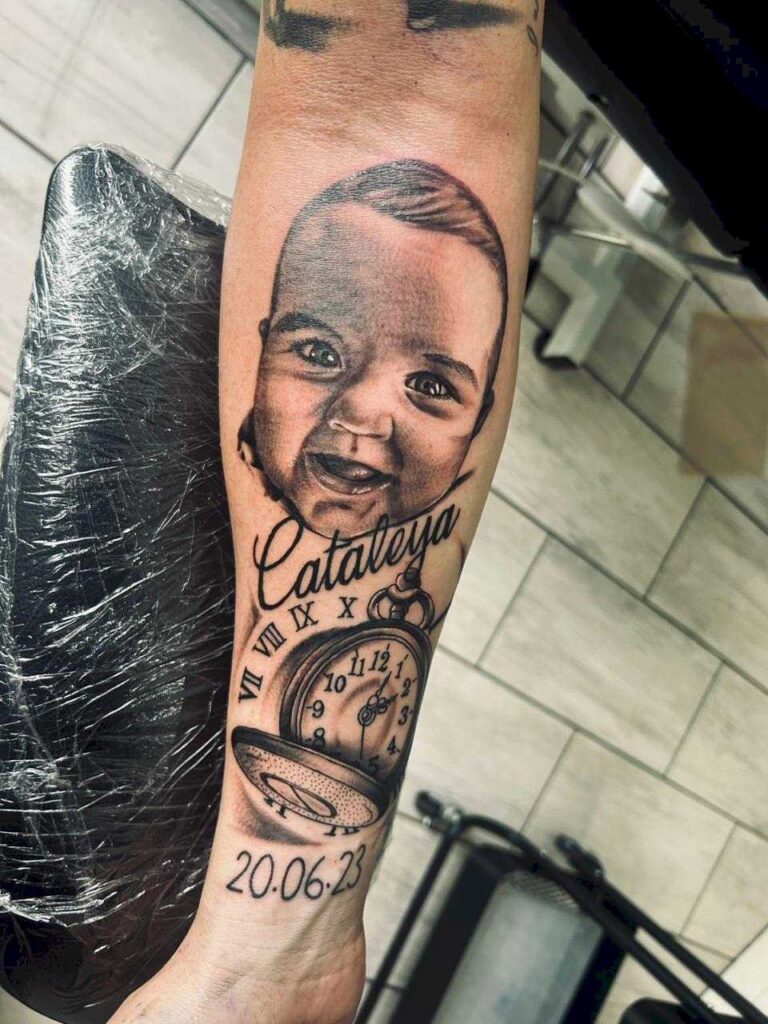
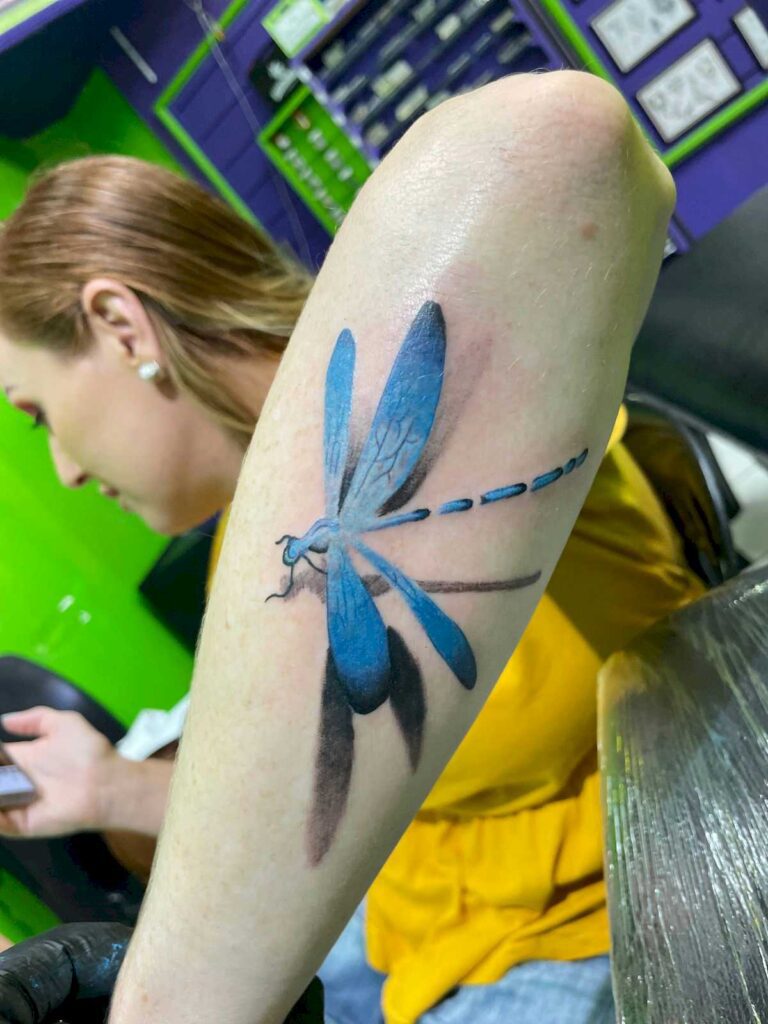
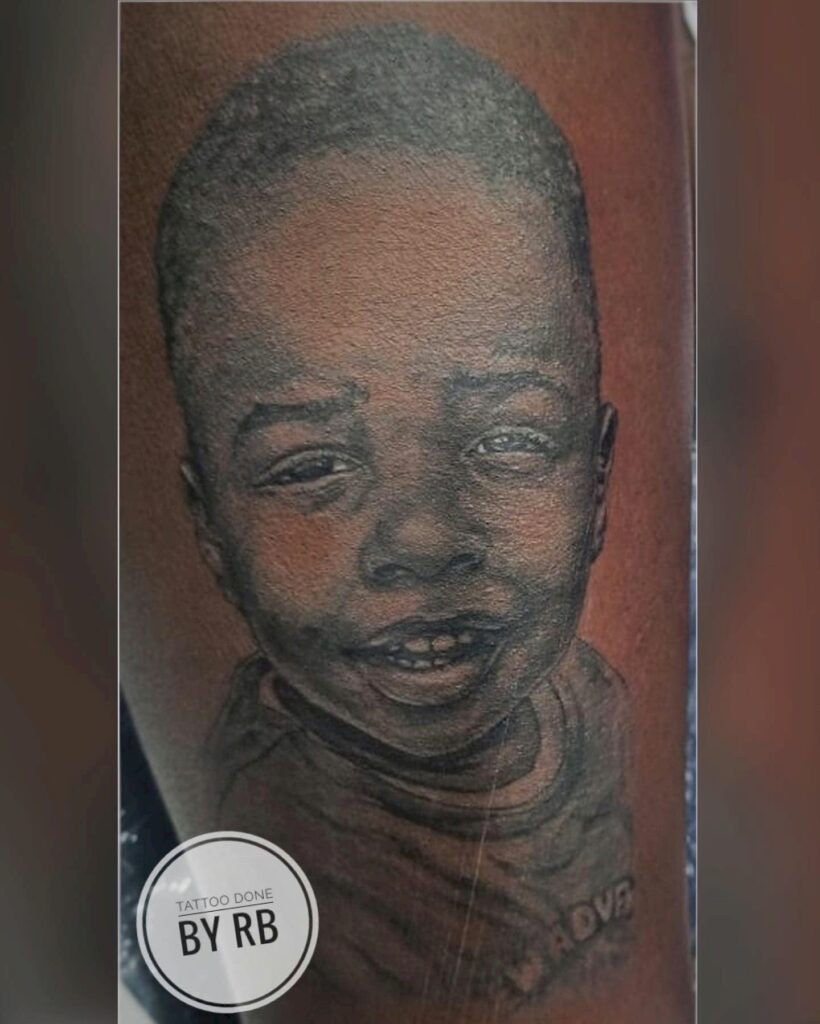
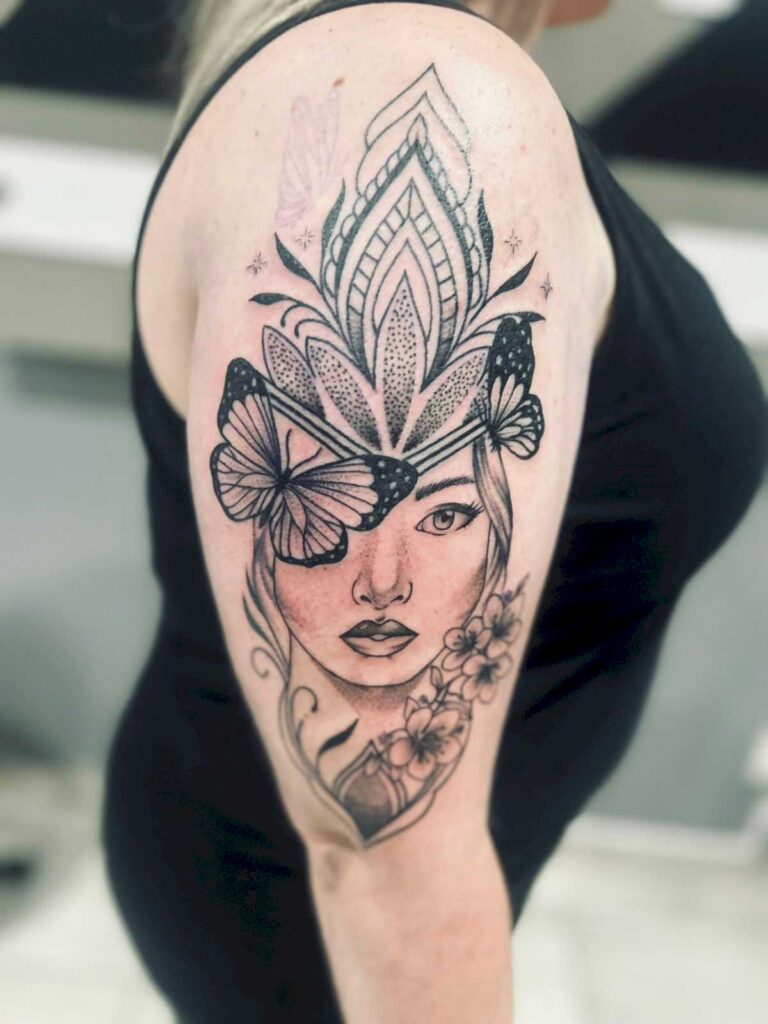
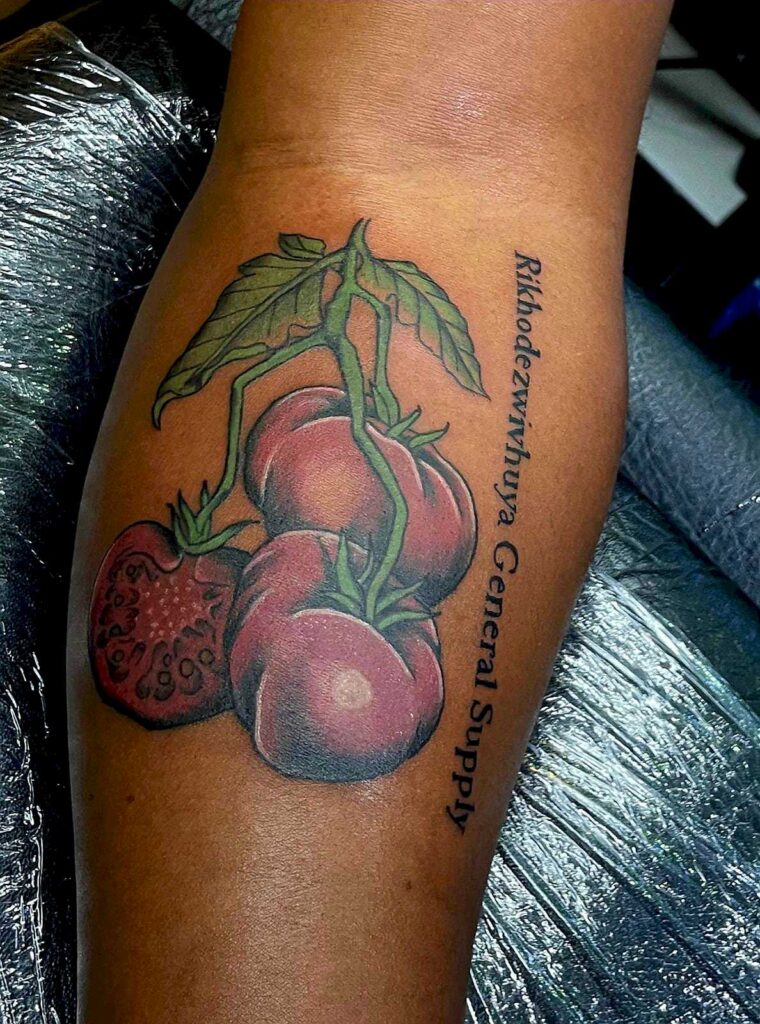
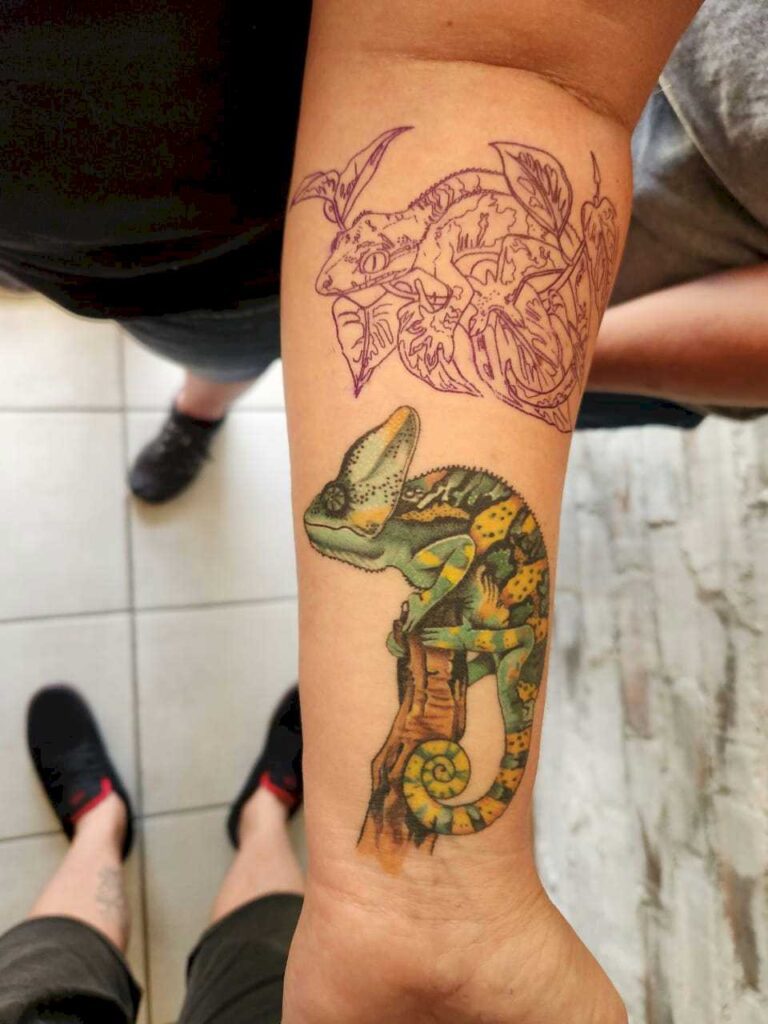
TATTOO COURSE CURRICULUM
- Introduction to the Fundamentals of Tattooing
- Files and Folders Provided
- An Introduction to Tattoo Art
- Using Themes
- Different Art Styles
- The 12 Most Popular Themes
- Brief History of Tattoos (Parts 1 & 2)
- Licensing Requirements
- Town Planning
- Running a Home Business
- Health and Safety Regulations
- Contact Your Health Department
- About Licensing and Registration
- Public Health Concerns, Including Covid-19
- Designing Tattoos: Overview and Purpose
- Microsoft Image Composer Setup and Usage
- Creating and Simplifying Designs Quickly
- Assignments on Tattoo Design (1, 2, 3)
- Stencil / Trace Methods and Applications
- Rules of Placement
- Applying a Trace on Skin and Practice Materials
- Introduction to Coil and Pen Machines
- Building and Assembling Coil Machines
- Coil Build Discussion, Tips, and Cartridge Conversion
- Maintenance: Quick Tune, Test Run, and Wrapping
- Linework and Technique
- Packing Black, Black Work, Tribal and Mauri
- Soft Shading: Black and Gray Tattoos
- Color Tattoos: Traditional, Watercolor, and Realism
- Special Techniques: Script, Font, Minimalist, and Fur Tattoos
- Understanding the Human Skin and Needle Depth
- Sterilization and Cross Contamination
- Tattoo Aftercare Instructions
- Workstation Cleanup
- Photography and Social Media Skills for Tattoo Artists
- Your First Practical on a Model
- Final Words and Certification
Access
There is no rush to complete the course; you can take as long as you like.
Total Watch Hours
There are over 10 hours of quality video training for you to access.
Duration
It typically takes 2 weeks to get through everything if you put in an hour a day.
Certificates
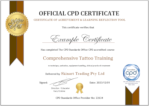
Accredited Tattoo Certificate
Upon completion, you will receive a Tattoo Training Certificate, proving your expertise in professional tattooing.
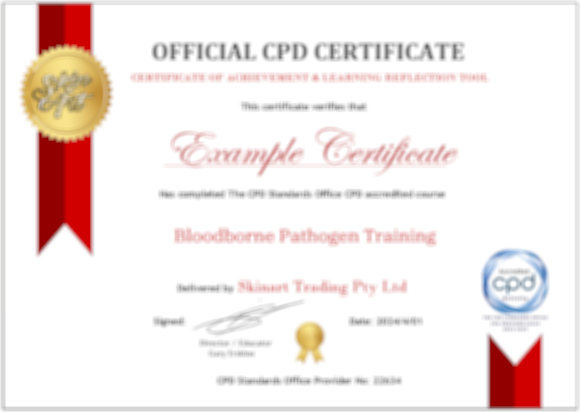
Accredited BBP Certificate
You will also receive a Accredited Bloodborne Pathogens (BBP) Certificate, ensuring you are trained in hygiene, safety, and infection control for the industry.
Licensing Process Explained
In America, the licensing process for tattooing, piercing, permanent makeup (PMU), microblading, and tattoo removal varies by local authority but generally involves several key steps. Practitioners must apply for a Special Treatments License from their local council, which requires proving their competence and adherence to strict hygiene standards. This often includes submitting detailed information about their premises and operational procedures, completing a health and safety course, and sometimes passing a specific examination. Additionally, for treatments like PMU and microblading, practitioners may need to show certificates from recognized training courses. The aim of these regulations is to ensure that all procedures are performed safely and to a high standard, protecting both practitioners and clients.
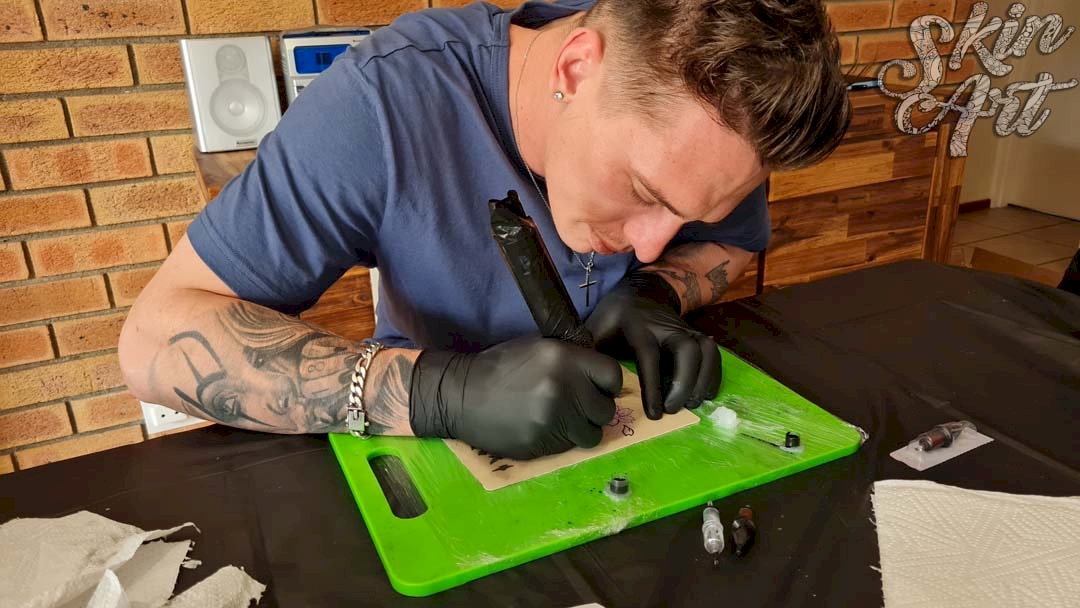



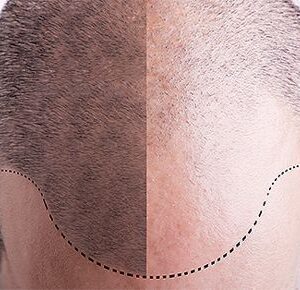
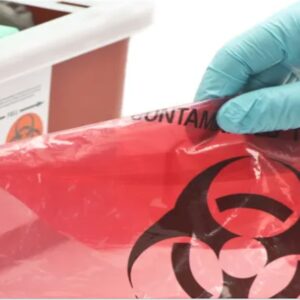
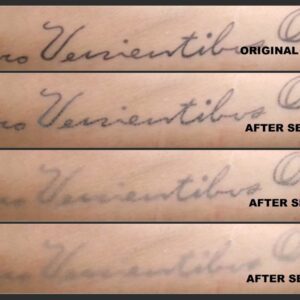
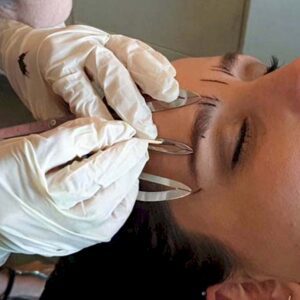

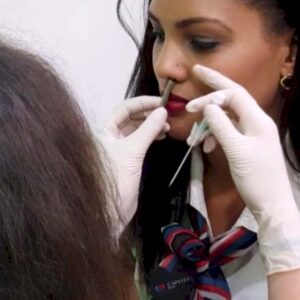
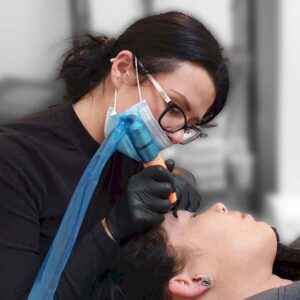
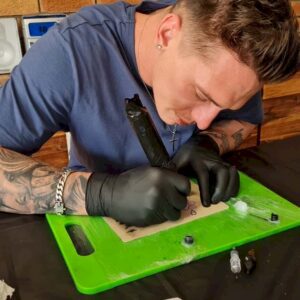
Noa Torres (verified owner) –
I finally understand proper needle techniques.
Johann Zulu (verified owner) –
My tattoos will never be the same after this course!
Fernando Moreau (verified owner) –
Best investment I’ve made in myself.
Takahiro Singh (verified owner) –
This gave me a huge confidence boost in taking clients.
Mateo Al-Farsi (verified owner) –
Learned more than I expected!
Freya Torres (verified owner) –
Clear and straight to the point.
James Okafor (verified owner) –
Now I actually understand tattoo needle groupings.
Valentina Lewis (verified owner) –
This course made learning tattooing so easy.
Neha Nassar (verified owner) –
Nikolai Olofsson (verified owner) –
This took me to the next level.
Lars Brown (verified owner) –
Gary’s knowledge is unmatched!
Farhan Hansen (verified owner) –
I finally feel confident in my work.
Sakura Blackhorse (verified owner) –
Totally worth it!
Mpho Panganiban (verified owner) –
Perfect for beginners and pros alike.
Vikram Khalil (verified owner) –
Amazing.
Maria Xenakis (verified owner) –
Perfect.
Ioannis Whitefeather (verified owner) –
I learned so much from Gary!
Yuki Anderson (verified owner) –
Learning proper needle depth was a game-changer.
Soren Brown (verified owner) –
Super helpful.
Tala Nassar (verified owner) –
I finally know how to avoid blowouts!
Charlotte Fayad (verified owner) –
Game-changer!
Zev Choi (verified owner) –
Perfect training for my future.
Sophia De la Cruz (verified owner) –
A must-have for anyone in this industry.
Mateo Dimitriadis (verified owner) –
Loved this!
Isabella Lewis (verified owner) –
I finally mastered shading techniques!
Nomsa Kumar (verified owner) –
Best decision ever!
James Singh (verified owner) –
This course made me slow down and focus on precision.
Nomsa Gupta (verified owner) –
This course helped me avoid common tattooing mistakes.
Lerato Georgiou (verified owner) –
Amazing experience!
Matteo Weiss (verified owner) –
Can’t believe how far I’ve come since starting this course.
Xiao Tshabalala (verified owner) –
It covered everything I needed!
Camila Lund (verified owner) –
This is just the beginning for me!
Aiyana Khalil (verified owner) –
So easy to understand!
Santiago Brown (verified owner) –
This is only the beginning of my tattooing journey!
Nikolai Ivanov (verified owner) –
Highly recommended.
Hilda Katsaros (verified owner) –
Best instructor ever!
Dakota Rodriguez (verified owner) –
Mika Cohen (verified owner) –
Looking back at my old tattoos, I can’t believe the difference!
Soren King (verified owner) –
Super easy to follow!
Nikolai Redcloud (verified owner) –
Understanding needle angles made my work so much smoother.
Rosario Yellowhawk (verified owner) –
The business tips were just as valuable as the tattoo techniques.
Fatima Ivanov (verified owner) –
My line work is 10x cleaner after this course.
Magnus Christodoulou (verified owner) –
Such a fun and rewarding experience!
Emma Panganiban (verified owner) –
Absolutely loved every second.
Ingrid Nkosi (verified owner) –
10/10, highly recommended.
Katerina Haddad (verified owner) –
I can finally call myself a professional tattoo artist.
Kwame Tallchief (verified owner) –
Life-changing!
Fernando Blackhorse (verified owner) –
Impressive!
Mika Santos (verified owner) –
Tattoo aftercare knowledge is so important!
Miriam Ivanov (verified owner) –
My tattooing skills improved massively!
Vikram Taylor (verified owner) –
Super informative!
Ingrid Khalil (verified owner) –
This training gave me the confidence to go pro.
Eliyahu Whitefeather (verified owner) –
Understanding skin types has helped me a lot with ink retention.
Manuel Kobayashi (verified owner) –
Exceeded my expectations.
Astrid Choi (verified owner) –
I see a HUGE improvement in my work already!
Amira Dimitriadis (verified owner) –
Ready to take on the world!
Amihan Rosenberg (verified owner) –
Unbelievable.
Seojun Panganiban (verified owner) –
Wow!
Mei Andersen (verified owner) –
Wish I took this course sooner!
Aisha Gupta (verified owner) –
I now feel ready to work in a real tattoo studio.
Manuel Cohen (verified owner) –
Gary is truly a master at this!
Olivia Moyo (verified owner) –
I struggled with linework before, but now I feel so much better.
Isabella Castillo (verified owner) –
I feel like a professional now!
Eliyahu Petrov (verified owner) –
This course gave me a fresh perspective on tattooing.
Zanele Al-Farsi (verified owner) –
So grateful for Garys guidance.
Hiroshi Rodriguez (verified owner) –
I feel like a real pro now!
Yusuf Zulu (verified owner) –
Honestly, amazing!
Benjamin Fayad (verified owner) –
Excellent!
Jose Reyes (verified owner) –
My tattoos are so much smoother now!
Sakura Ioannidis (verified owner) –
Game-changer.
Dalisay Ivanov (verified owner) –
Elena Panganiban (verified owner) –
The tattoo machine section was super informative!
Maria Runningwolf (verified owner) –
This will help me get more clients!
Kareem Choi (verified owner) –
Loved it.
Miriam Georgiou (verified owner) –
Best breakdown of tattoo techniques I’ve ever seen!
Benjamin Kumar (verified owner) –
Gary made everything so clear.
Alejandro Ramos (verified owner) –
Very detailed and professional.
Nokomis Luna (verified owner) –
Loved every second of it!
Alejandro Runningwolf (verified owner) –
Christos Chikane (verified owner) –
The video tutorials made everything clear!
Nour Zhang (verified owner) –
My clients are already noticing the difference in my tattoos!
Shira Chen (verified owner) –
My healed tattoos look so much better now!
Kwame Haddad (verified owner) –
So good!
Noa Eriksson (verified owner) –
Absolutely incredible!
Sakura Aguilar (verified owner) –
This blew my mind!
Rahul Moreau (verified owner) –
Understanding skin tones and ink selection was a game-changer.
Kwame Abramson (verified owner) –
Gary made everything so easy to understand.
Carlos Panganiban (verified owner) –
Would recommend to anyone!
Elena Nkosi (verified owner) –
I went from hobbyist to professional tattoo artist.
Amit Nikolaev (verified owner) –
So worth it!
Odin Kobayashi (verified owner) –
My dream of becoming a tattoo artist is now a reality!
Zev Sharma (verified owner) –
Loved how everything was explained.
Yuki Goldstein (verified owner) –
Inspiring!
Nomsa Santos (verified owner) –
Loved the hands-on approach!
Leon Chen (verified owner) –
Best decision I ever made!
Ali Sharma (verified owner) –
So informative!
Luca Fernandez (verified owner) –
This course really helped me with precision and detail.
Priya Two Rivers (verified owner) –
Cheyenne Ramos (verified owner) –
This training changed my life.
Sophia Haddad (verified owner) –
Would recommend to any aspiring tattoo artist!
Andres Olofsson (verified owner) –
I can’t wait to start my career!
Ioannis Ivanov (verified owner) –
Super impressed!
Liam Ioannidis (verified owner) –
If you’re thinking about becoming a tattoo artist, take this course!
Lerato Yellowhawk (verified owner) –
Brilliant!
Omar Georgiou (verified owner) –
Everything was explained so well.
Bjorn Rahman (verified owner) –
I used to be afraid of shading, but now it’s my favorite part.
Jose Malik (verified owner) –
Finally got rid of those shaky lines thanks to this course!
Noa Reddy (verified owner) –
I feel much more confident with needle control.
Farhan Lund (verified owner) –
Proud to call myself a tattoo artist!
Emma Lopez (verified owner) –
This course covered everything I needed to know!
Jose Christodoulou (verified owner) –
I couldn’t be happier!
Katerina Blackhorse (verified owner) –
Garys passion is inspiring.
Bjorn Das (verified owner) –
I am officially a tattoo artist!
Deepak Gupta (verified owner) –
I didn’t realize how much I didn’t know until I took this course.
Nikos De la Cruz (verified owner) –
Learning proper ink depth changed everything!
Andres Hansen (verified owner) –
Proud of how much I’ve learned.
Hiroshi Choi (verified owner) –
This training gave me the confidence to start my career.
Takoda Sharma (verified owner) –
My piercing technique is so much cleaner.
Yusuf Abramson (verified owner) –
Now I actually feel like I know what I’m doing!
Priya Lopez (verified owner) –
Fantastic training!
Santiago Whitefeather (verified owner) –
Loved it!
Levi Papanikolaou (verified owner) –
Anika Gupta (verified owner) –
Great!
Carlos Papanikolaou (verified owner) –
Mei Liu (verified owner) –
Soren Dubois (verified owner) –
Incredible.
Andres Khalil (verified owner) –
Learning from Gary was an absolute privilege.
Noa Abdullah (verified owner) –
Sanjay Dimitriadis (verified owner) –
Lars Moreau (verified owner) –
Neha Lewis (verified owner) –
Really enjoyed this!
Tamar Papadopoulos (verified owner) –
I finally feel like I’m on the right path.
Zanele Abdullah (verified owner) –
Lars Mensah (verified owner) –
So happy I took this course!
Christos Singh (verified owner) –
Clients are already noticing the difference!
Emiliano Al-Farsi (verified owner) –
This training helped me build a strong client base.
Neha Aguilar (verified owner) –
So much fun!
Diego Anderson (verified owner) –
Xiao Salim (verified owner) –
Jose Khalil (verified owner) –
Amira Papanikolaou (verified owner) –
I can finally adjust my machine properly!
Benjamin Li (verified owner) –
The format was easy to follow.
Charlotte Tanaka (verified owner) –
Can’t wait to open my own studio!
Emma Fernandez (verified owner) –
It’s never too late to start something new!
Benedicto Chikane (verified owner) –
Color packing is so much easier now.
Tala Garcia (verified owner) –
So excited for what’s next after this training!
Zanele Okafor (verified owner) –
No regrets.
Alejandro Greenberg (verified owner) –
This is just the beginning!
Seojun Aguilar (verified owner) –
Great course.
Sakari Nielsen (verified owner) –
The hands-on approach really helped me grasp everything.
Dimitris Abramson (verified owner) –
Dreams coming true!
Eleni Cohen (verified owner) –
So glad I signed up!
Hilda Johansson (verified owner) –
Very well structured.
Aiyana Mensah (verified owner) –
Gary really knows his stuff!